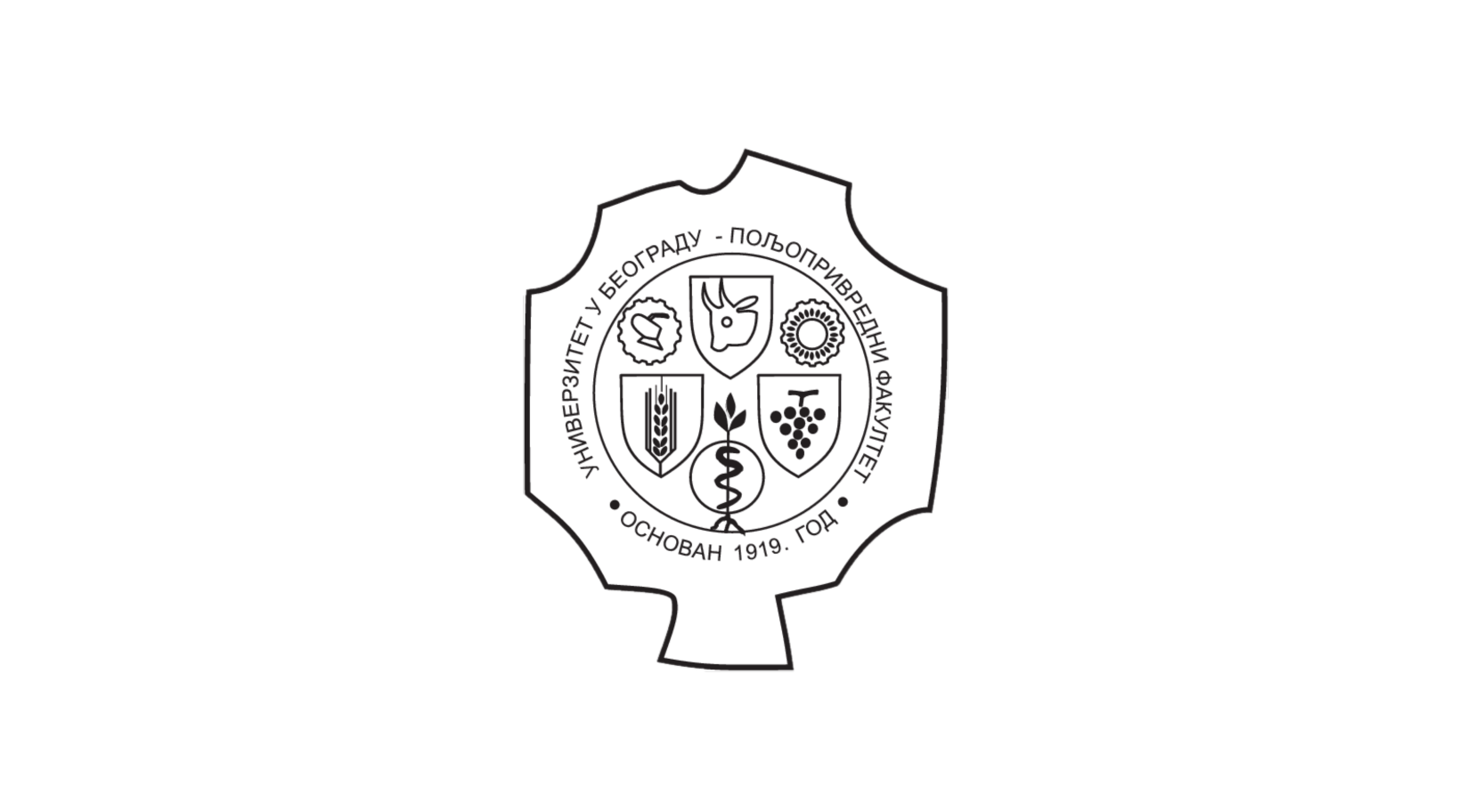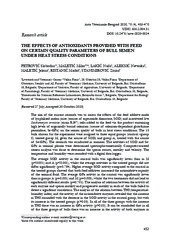| dc.creator | Petrović, Slobodan | |
| dc.creator | Maletić, Milan | |
| dc.creator | Lakić, Nada | |
| dc.creator | Aleksić, Nevenka | |
| dc.creator | Maletić, Jelena | |
| dc.creator | Ristanić, Marko | |
| dc.creator | Stanimirović, Zoran | |
| dc.date.accessioned | 2021-01-29T18:39:43Z | |
| dc.date.available | 2021-01-29T18:39:43Z | |
| dc.date.issued | 2021 | |
| dc.identifier.issn | 0567-8315 | |
| dc.identifier.uri | http://aspace.agrif.bg.ac.rs/handle/123456789/5770 | |
| dc.description.abstract | The aim of the current research was to assess the effects of the feed additive made of lyophilised melon juice (source of superoxide dismutase, SOD) and inactivated live Saccharomyces cerevisiae (strain R397) cells added to the feed via the product containing high levels of organically bound selenium (source of selenium-dependant glutathione peroxidase, Se-GPx) on the semen quality of bulls in heat stress conditions. The 15 bulls chosen for the experiment were assigned to three equal groups (control-group C; treated group M, given the source of SOD; and group A, treated with the source of Se-GPx). The research was conducted in summer. The activities of SOD and Se-GPx in seminal plasma were determined spectrophotometrically. Computer-assisted semen analysis was done to determine the sperm counts, motility and velocity. The temperature and humidity were recorded with a digital data logger. The average SOD activity in the control bulls was significantly lower than in M (p<0.001) and A (p<0.001), whilst the average activities in the treated groups did not differ significantly (p=0.784). Higher average SOD activity compared to the control in the treated groups showed that both feed additives increased the antioxidative capacity of the seminal fluid. The average GPx activity in the control was significantly lower than in groups A (p=0.001) and M (p=0.005), whilst the two treatments did not lead to significantly different results (p=0.701). The analysis of relations between the activity of each enzyme and sperm motility and progressive motility in each of the bulls failed to detect a significant correlation. The analysis of the relation between THI (temperature-humidity index) and the activity of the antioxidative enzymes revealed that the increase in THI coincided with the decrease in the SOD activity in the control group, but with its increase in the treated groups (p>0.05). In all of the three groups with the increase in THI there was an increase in GPx activity (p>0.05). It can be concluded that in all of the three groups of bulls there was an increase in the activity of both enzymes in the seminal plasma, but the increase was significantly lower in the control. Thus, the antioxidative capacity of the seminal plasma of untreated bulls was proven to be lower in comparison with those of the treated animals. | |
| dc.language | English | |
| dc.publisher | Faculty of Veterinary Medicine, University of Belgrade | |
| dc.relation | info:eu-repo/grantAgreement/MESTD/Integrated and Interdisciplinary Research (IIR or III)/46002/RS// | |
| dc.rights | openAccess | |
| dc.rights.uri | https://creativecommons.org/licenses/by/4.0/ | |
| dc.source | Acta Veterinaria | |
| dc.subject | antioxidative enzymes | |
| dc.subject | bull | |
| dc.subject | motility | |
| dc.subject | sperm | |
| dc.title | The Effects of Antioxidants Provided with Feed on Certain Quality Parameters of Bull Semen under Heat Stress Conditions | |
| dc.type | article | en |
| dc.rights.license | BY-NC-ND | |
| dc.citation.epage | 470 | |
| dc.citation.issue | 4 | |
| dc.citation.rank | M23 | |
| dc.citation.spage | 453 | |
| dc.citation.volume | 70 | |
| dc.identifier.doi | 10.2478/acve-2020-0034 | |
| dc.identifier.fulltext | http://aspace.agrif.bg.ac.rs/bitstream/id/22761/The_Effects_of_pub_2020.pdf | |
| dc.identifier.scopus | 2-s2.0-85099337503 | |
| dc.identifier.wos | 000606333900004 | |
| dc.type.version | publishedVersion | |


